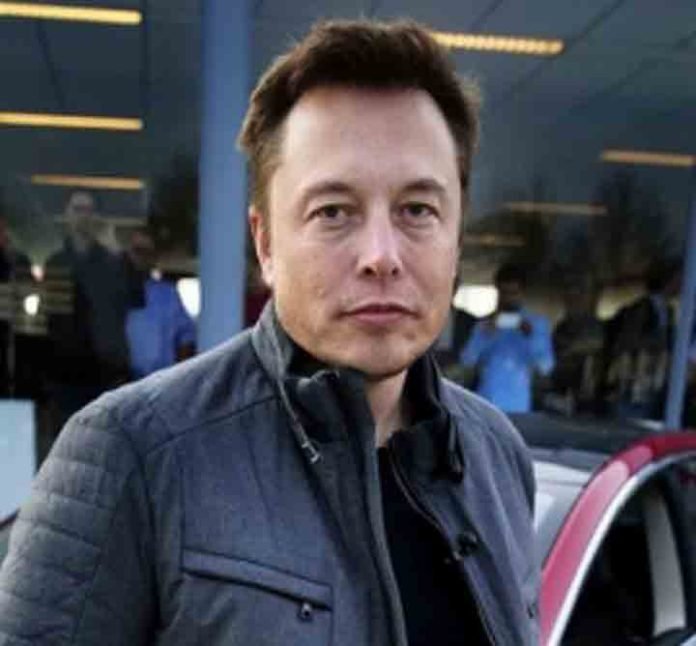In a significant step toward refining India’s digital governance, the Indian government has restricted the number of officials authorized to order content takedowns on social media platforms. The move comes in the wake of a prolonged dispute between X (formerly Twitter) and Indian authorities over the scope of censorship and compliance with government directives.
The decision marks a crucial shift in India’s approach to online content regulation, aiming to balance national security and free expression while preventing the misuse of takedown powers.
Background: The X-Twitter Controversy
The dispute between X (formerly Twitter) and the Indian government dates back to 2021–22, when the platform resisted certain government orders to remove posts and accounts under India’s Information Technology (Intermediary Guidelines and Digital Media Ethics Code) Rules, 2021.
The confrontation escalated as Twitter accused the government of “overreach,” while Indian authorities argued that the platform failed to comply with legal requests made in the interest of public order and national security. The standoff led to temporary warnings, legal notices, and widespread debate about freedom of speech in the world’s largest democracy.
The issue resurfaced earlier this year after X’s owner Elon Musk publicly questioned the “broad” nature of Indian takedown requests, prompting renewed discussions on regulatory reforms.
What’s Changing Under the New Guidelines
Under the revised framework issued by the Ministry of Electronics and Information Technology (MeitY), only a limited pool of senior officials will now have the authority to issue content removal orders to social media intermediaries.
This restriction is designed to:
Prevent arbitrary takedowns or politically motivated actions.
Ensure due process and accountability in the decision-making chain.
Enhance transparency in government-platform interactions.
According to sources, each takedown request will now undergo multi-level scrutiny, including legal review and justification for why the content is deemed harmful or unlawful.
“We are not curbing free speech but ensuring responsible governance,” a senior MeitY official said. “This reform ensures that takedown powers are used only when absolutely necessary and with due diligence.”
Impact on Social Media Platforms
The change is expected to ease tensions between tech giants and the Indian government, offering platforms like X, Meta, and Google clearer operational guidelines.
Digital rights experts have welcomed the move as a positive step toward transparency, while also urging the government to make the criteria for takedowns public.
“It’s a constructive measure that recognizes the fine balance between sovereignty and digital freedom,” said Nikhil Pahwa, founder of Medianama, a leading tech policy publication. “The key will be consistent implementation and public reporting of takedown requests.”
Platforms are also being encouraged to improve local grievance redressal mechanisms and appoint compliance officers in India to handle user complaints effectively.
Global Context
India’s decision mirrors growing global scrutiny of social media regulation, from the EU’s Digital Services Act (DSA) to the U.S. debates on platform liability. With nearly 800 million internet users, India represents one of the largest and most influential digital markets in the world.
By refining its regulatory framework, New Delhi aims to project itself as a model for balanced digital governance, ensuring both user protection and freedom of expression.
“Digital sovereignty doesn’t mean digital suppression,” said cybersecurity analyst Arjun Mehta. “India’s revised approach could become a reference for other democracies grappling with similar challenges.”
What Happens Next
Implementation: MeitY will issue operational circulars defining which officials retain takedown powers.
Transparency Reports: Platforms may be required to publish more frequent compliance and takedown transparency reports.
Judicial Oversight: Future legal reforms could introduce limited judicial review for content takedown appeals.
The government also hinted at forming a Digital Freedom Committee, a multi-stakeholder body including legal experts, civil society, and industry representatives, to oversee implementation and address public grievances.
Conclusion
By restricting the number of officials who can order content removal, the Indian government has signaled a maturing approach to digital regulation — one that acknowledges the importance of both national security and free expression in a modern democracy.
The move comes as India continues to navigate its complex relationship with global tech platforms, balancing innovation with accountability. As the new framework unfolds, it will be closely watched not just by industry insiders, but by citizens who rely on social media as a primary source of information and expression.















